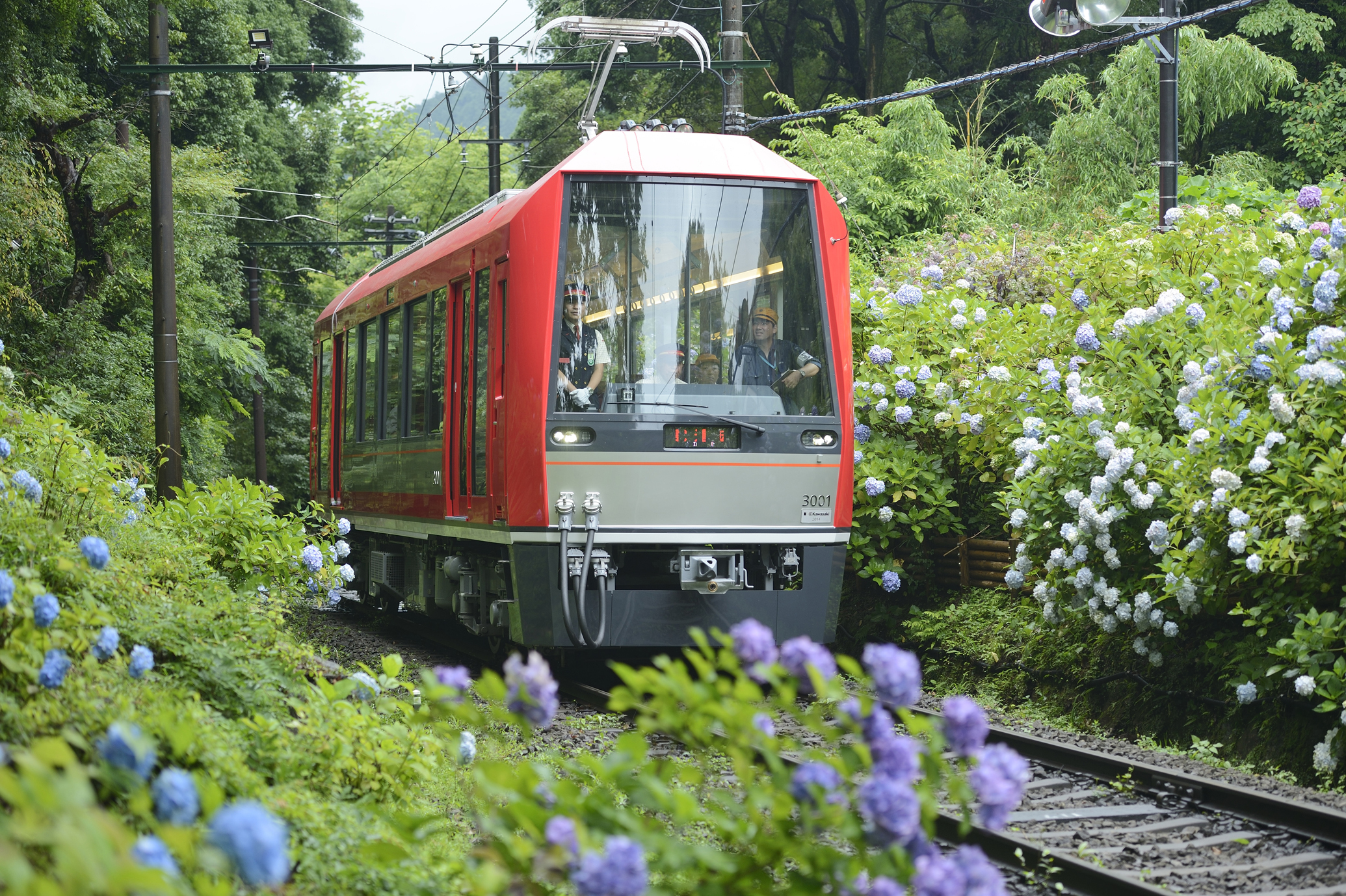More about Fuji Hakone Pass
Exploring the Majestic Beauty of Mount Fuji
What Is Mount Fuji?
Mount Fuji, Japan's tallest peak, is an iconic symbol of the country and a UNESCO World Heritage site. More than just a mountain, it's a sacred place steeped in history and tradition, offering breathtaking views and a range of outdoor activities. A visit to Mount Fuji is a must for any traveler to Japan seeking natural beauty and cultural immersion.
Where Is Mount Fuji Located?
Mount Fuji is located in Fujinomiya, Shizuoka Prefecture, Japan. The precise address encompasses a wide area, as it's a mountain, but the main access points are around the base. You can find various trailheads and visitor centers around the mountain's base.
Getting There:
- Public Transportation: Several bus routes connect nearby cities to the various trailheads and viewpoints around Mount Fuji. Check local bus schedules for the most convenient options. Train stations in nearby cities offer connections to bus routes.
- By Car: Driving offers flexibility, but parking can be limited, especially during peak season. Plan your route in advance and be prepared for potential traffic congestion. Many roads lead to the base of Mount Fuji, offering access to different viewpoints and trailheads.
For a seamless trip, visitors can plan their entire journey from flights, hotels, buy Mount Fuji sightseeing tickets to local transport like car rentals or airport transfers using Traveloka, Southeast Asia’s leading travel platform.
What Is the Best Time to Visit Mount Fuji?
Best Day: Weekdays generally offer a less crowded experience compared to weekends.
Best Season: July to September offers the best weather for hiking and enjoying the mountain's scenery. However, winter offers stunning snowy landscapes, though access to certain areas may be limited.
Best Time of Day: Sunrise and sunset offer the most spectacular views, with the changing light illuminating the mountain's slopes.
What Are the Top Things to Do at Mount Fuji?
Hiking: Numerous trails cater to various skill levels, offering stunning views and a chance to connect with nature.
Photography: Mount Fuji provides countless photo opportunities, from panoramic landscapes to close-up shots of the mountain's unique features.
Cultural Experiences: Explore the surrounding areas to discover local traditions, temples, and shrines associated with Mount Fuji's rich history.
Lake Ashi Cruise: Take a scenic boat trip on Lake Ashi for breathtaking views of Mount Fuji reflected in the water.
Insider Tips for Mount Fuji That Most People Don't Know
- Sunrise Views: Arrive early to secure a spot with an unobstructed view of the sunrise over Mount Fuji.
- Alternative Hiking Trails: Explore lesser-known trails for a more secluded and peaceful hiking experience.
- Local Festivals: Check for local festivals and events that coincide with your visit for a richer cultural experience.
How to Prepare for Your Visit to Mount Fuji
For Solo Visitors
Plan your itinerary carefully, ensuring you have sufficient time for each activity. Inform someone of your plans and expected return time.
For Couples
Consider a romantic hike or picnic with stunning views of Mount Fuji as a backdrop.
For Families with Kids
Choose shorter, easier hiking trails suitable for children. Pack plenty of snacks and water to keep everyone energized.
How to Prepare for the Weather While Visiting Mount Fuji
For a Hot, Sunny Day
Wear light, breathable clothing, sunscreen, and a hat. Stay hydrated by drinking plenty of water.
In Case of Rain
Bring a waterproof jacket and appropriate footwear. Be prepared for potential trail closures or delays.
















 Facebook
Facebook Instagram
Instagram Youtube
Youtube
